The social psychology concept that could persuade the vaccine-hesitant
Vaccine campaigns must appeal to the elephant in the brain

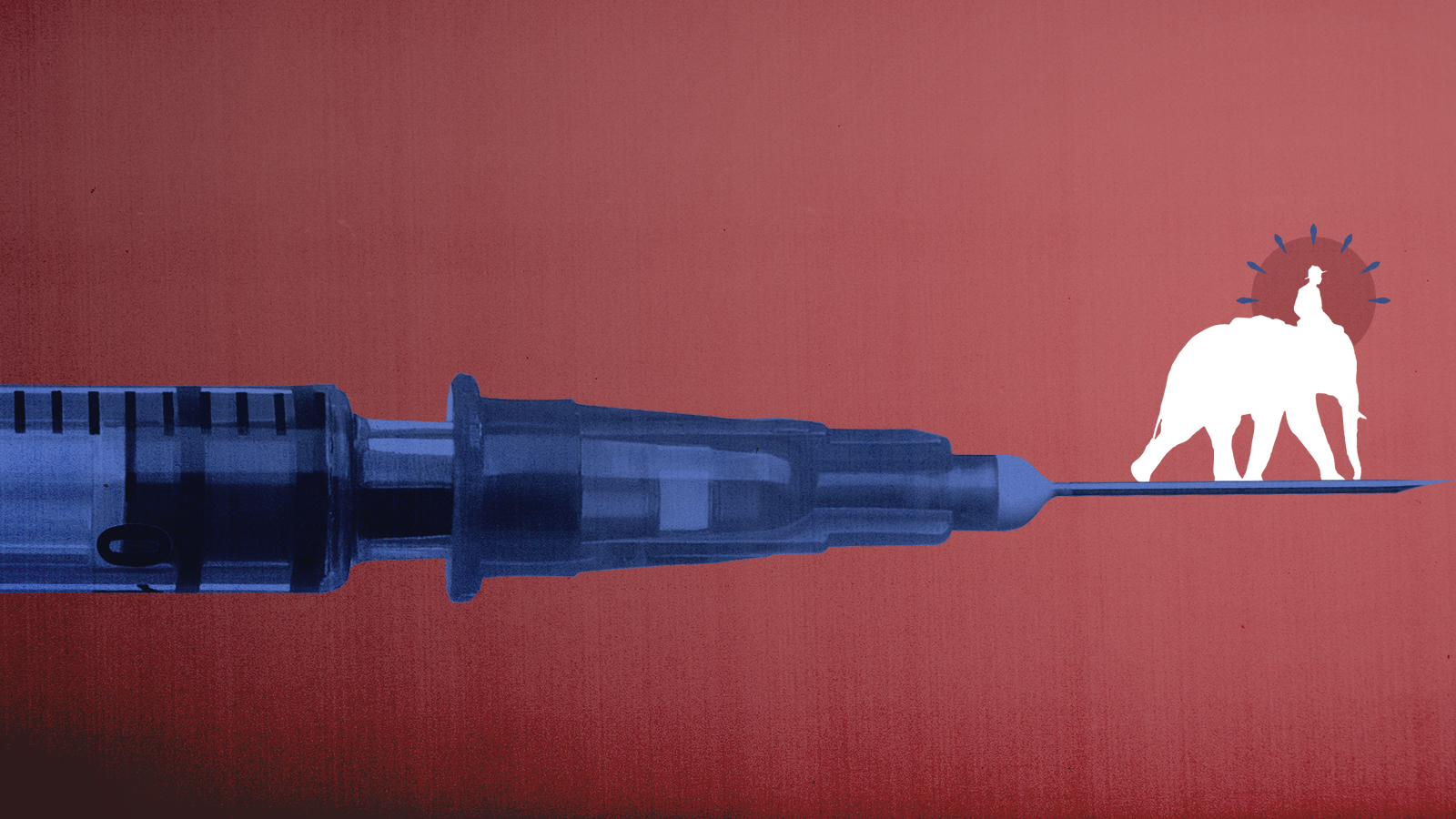
I am not the target audience for exuberant TikTok influencers hawking COVID-19 vaccines. For one thing, I'm long since vaccinated. For another thing, I am an adult.
That distaste is part of why my immediate reaction on seeing a TikTok clip making the rounds of political Twitter was dismissal. This stupid and futile, I thought. It will change precisely zero minds.
And there's a sense in which that's true. That video won't change minds, provided we're thinking of minds as the consciously reasoning part of us. Yet it might well change some people's decisions about vaccination — but not necessarily in the direction its creators hoped — because it appeals to the elephant of the brain.
The Week
Escape your echo chamber. Get the facts behind the news, plus analysis from multiple perspectives.

Sign up for The Week's Free Newsletters
From our morning news briefing to a weekly Good News Newsletter, get the best of The Week delivered directly to your inbox.
From our morning news briefing to a weekly Good News Newsletter, get the best of The Week delivered directly to your inbox.
The idea of a brain elephant comes from a metaphor developed by social psychologist Jonathan Haidt. Considering his own apparent irrationality and divided will, and drawing on millennia of human expression of the same self-experience, Haidt proposed our minds have two parts:
The image that I came up with for myself, as I marveled at my weakness, was that I was a rider on the back of an elephant. I'm holding the reins in my hands, and by pulling one way or the other I can tell the elephant to turn, to stop, or to go. I can direct things, but only when the elephant doesn't have desires of his own. When the elephant really wants to do something, I'm no match for him. [Jonathan Haidt in The Happiness Hypothesis]
That introduction might make it seem like the rider is our true self and the elephant somehow less human, more exterior, less us. But as Haidt further sketches the metaphor, he rejects that notion: "The rider is ... conscious, controlled thought," he explains. "The elephant, in contrast, is everything else. The elephant includes gut feelings, visceral reactions, emotions, and intuitions." Why, then, do we so often identify with the rider alone?
Because we can only see one little corner of the mind's vast operations, we are surprised when urges, wishes, and temptations emerge, seemingly from nowhere. We make pronouncements, vows, and resolutions, and then are surprised by our own powerlessness to carry them out. We sometimes fall into the view that we are fighting with our unconscious, our id, or our animal self. But really we are the whole thing. We are the rider, and we are the elephant. [Jonathan Haidt in The Happiness Hypothesis]
Many efforts to persuade people to get vaccinated against COVID-19 — some of mine included — have aimed much more at rider than elephant. Think statistics about vaccine safety, or explanations of the testing process, or analyses of comparative risks from the shots vs. the disease.
That stuff can work, but only if the elephant — one's gut, intuition, emotions — is already at least open to heading in that direction. For those whose elephant is walking (or stampeding) away from vaccination, all the statistics in the world won't be enough for the rider to turn things around. In most cases, the rider won't want to turn things around. My guess is that this far into vaccine distribution, most people still wary of getting a shot aren't lacking for statistics and risk analyses. Persuading them is an elephant problem, not a rider problem.
A free daily email with the biggest news stories of the day – and the best features from TheWeek.com
Let me be a little more precise about the group I have in mind. I'm not talking about those legally (i.e. children under 12) or medically ineligible for vaccination. Nor am I speaking of those who'd like to be vaccinated but face logistical impediments, like not being able to take enough time off work. I'm thinking about the one in three unvaccinated adults, per a new Kaiser Family Foundation poll, who still say they want to "wait and see" how the vaccines affect other people, as well as the one in four unvaccinated people who expect to get a shot by the end of 2021.
Unlike the 14 percent of American adults who have for nine months steadily insisted to Kaiser researchers they will "definitely not" get vaccinated, not this year or ever, these wait-and-see or maybe-later folks are persuadable. Their elephants aren't charging away from vaccination. They could be convinced to stop spectating and get the shot if their brain elephants can be moved in that direction.
Addressing the elephant instead of the rider doesn't mean no more statistics and reports — for scared elephants, reassuring numbers might help, while overconfident elephants can be shifted by worrisome hospitalization rates. It means more emotive, instinctive appeals, like linking the shots to favored public figures, be they President Biden or National Institute of Allergy and Infectious Diseases chief Anthony Fauci or former President Donald Trump. Influencer campaigns, of which the White House alone has more than 50, fall into this category, too. They won't shift riders, but they may move elephants.
The challenge will be making sure the elephants move in the right direction. Take the TikTok clip I mentioned. Maybe it will be persuasive for some teenagers, who are one of the least-vaccinated demographics and seemingly the primary White House focus for influencer appeals. But videos like that and others from the Biden administration's "eclectic army of more than 50 Twitch streamers, YouTubers, TikTokers, and the 18-year-old pop star Olivia Rodrigo," will repel elephants, too.
The right-wing Daily Wire has already published a roundup of criticism of that clip, which its headline dubs "cringe and pathetic." That post includes a tweet from Donald Trump Jr., who's likely correct in his observation that given what we know about the demographics of adult vaccine hesitancy, the video may be counterproductive as it goes viral among the Very Online right.
However much we might prefer to imagine ourselves as all rider, the elephant isn't a bad thing. It's a good and necessary part of us. Yet it is undeniably difficult to direct.
We have to start moving more elephants to persuade the vaccine hesitant. We also have to make sure we steer them right.
Bonnie Kristian was a deputy editor and acting editor-in-chief of TheWeek.com. She is a columnist at Christianity Today and author of Untrustworthy: The Knowledge Crisis Breaking Our Brains, Polluting Our Politics, and Corrupting Christian Community (forthcoming 2022) and A Flexible Faith: Rethinking What It Means to Follow Jesus Today (2018). Her writing has also appeared at Time Magazine, CNN, USA Today, Newsweek, the Los Angeles Times, and The American Conservative, among other outlets.
-
 5 fairly vain cartoons about Vanity Fair’s interviews with Susie Wiles
5 fairly vain cartoons about Vanity Fair’s interviews with Susie WilesCartoon Artists take on demolition derby, alcoholic personality, and more
-
 Joanna Trollope: novelist who had a No. 1 bestseller with The Rector’s Wife
Joanna Trollope: novelist who had a No. 1 bestseller with The Rector’s WifeIn the Spotlight Trollope found fame with intelligent novels about the dramas and dilemmas of modern women
-
 Codeword: December 20, 2025
Codeword: December 20, 2025The daily codeword puzzle from The Week
-
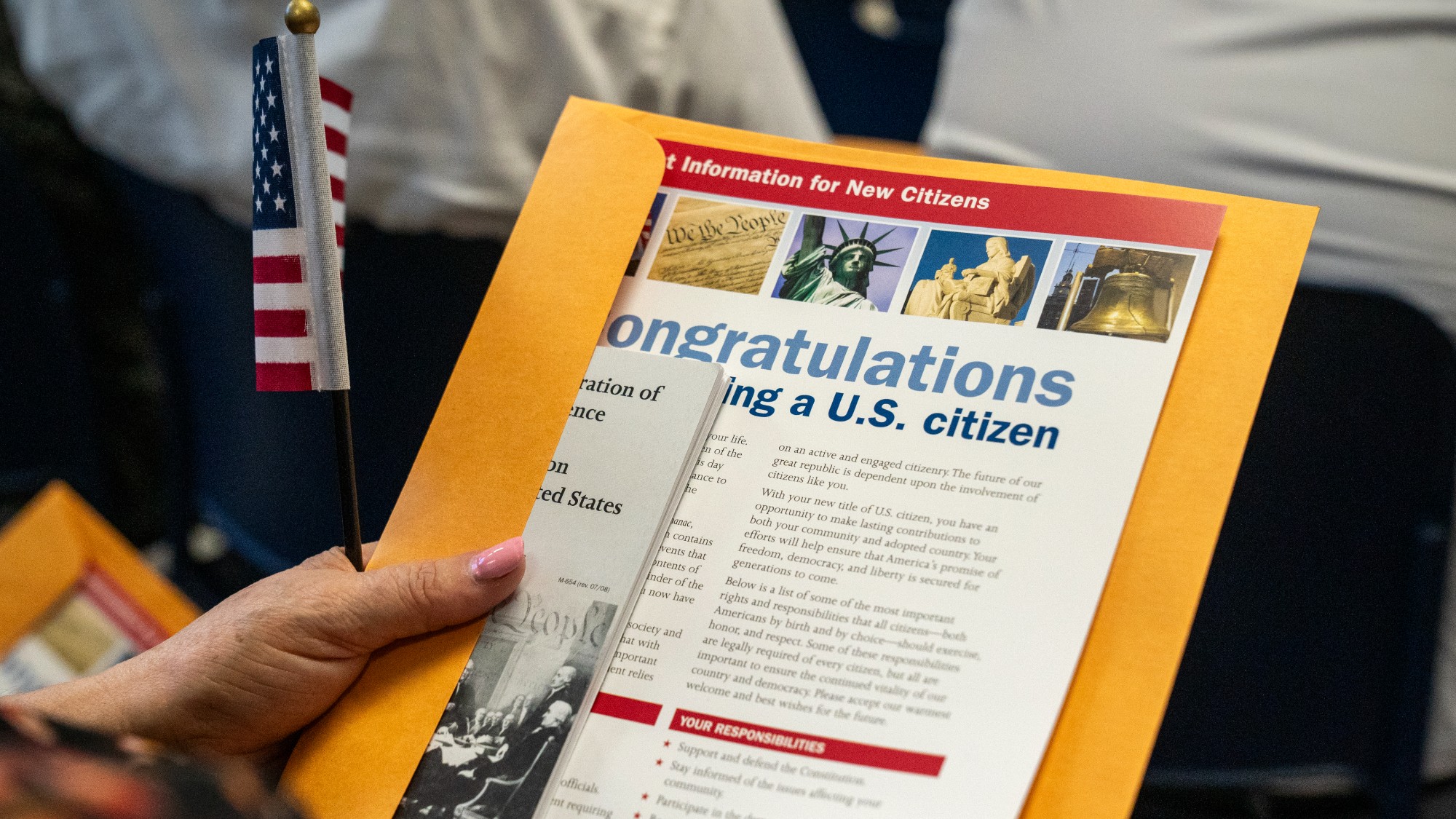 Memo signals Trump review of 233k refugees
Memo signals Trump review of 233k refugeesSpeed Read The memo also ordered all green card applications for the refugees to be halted
-
 Has Zohran Mamdani shown the Democrats how to win again?
Has Zohran Mamdani shown the Democrats how to win again?Today’s Big Question New York City mayoral election touted as victory for left-wing populists but moderate centrist wins elsewhere present more complex path for Democratic Party
-
 Millions turn out for anti-Trump ‘No Kings’ rallies
Millions turn out for anti-Trump ‘No Kings’ ralliesSpeed Read An estimated 7 million people participated, 2 million more than at the first ‘No Kings’ protest in June
-
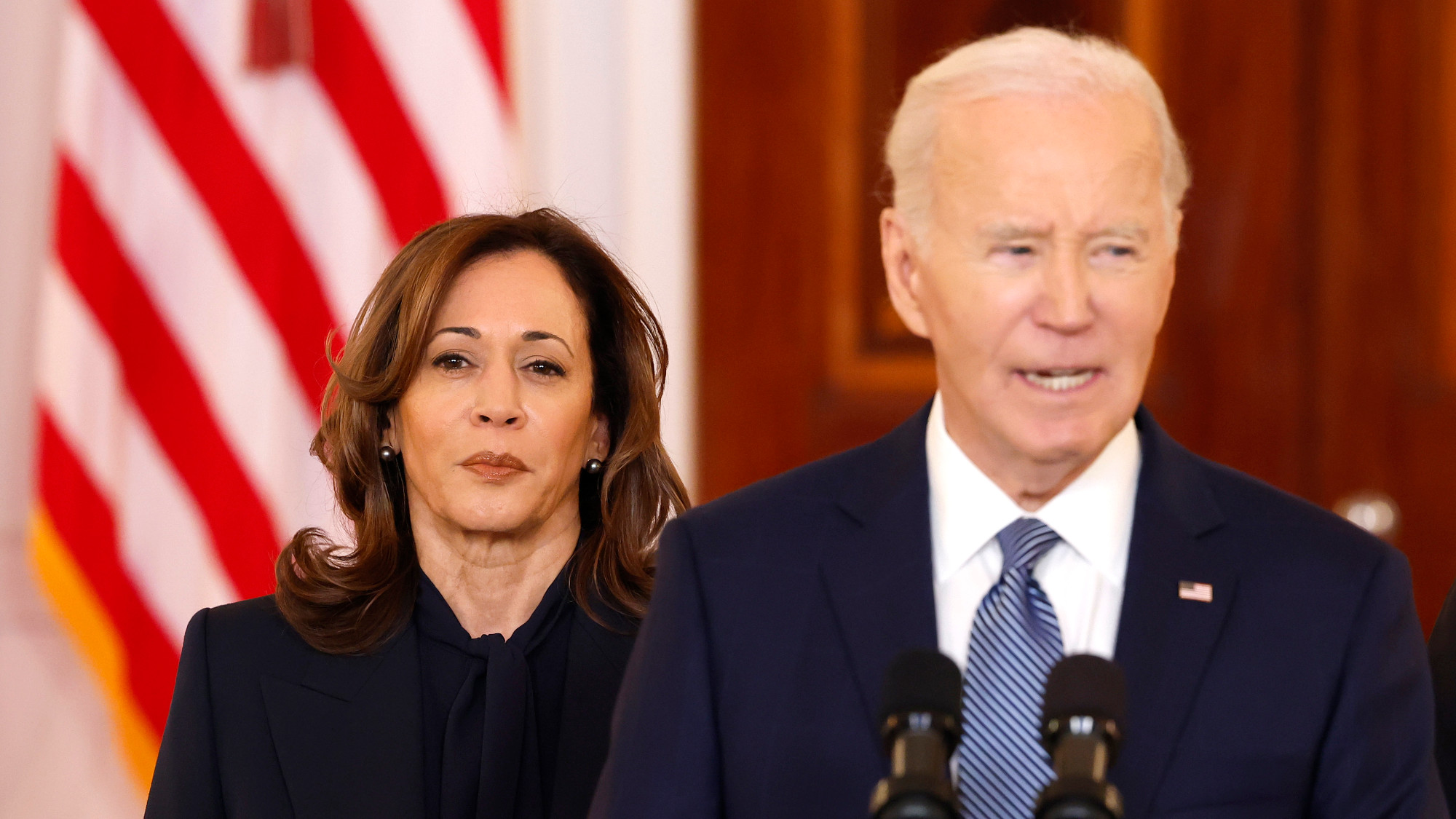 Democrats: Harris and Biden’s blame game
Democrats: Harris and Biden’s blame gameFeature Kamala Harris’ new memoir reveals frustrations over Biden’s reelection bid and her time as vice president
-
 ‘We must empower young athletes with the knowledge to stay safe’
‘We must empower young athletes with the knowledge to stay safe’Instant Opinion Opinion, comment and editorials of the day
-
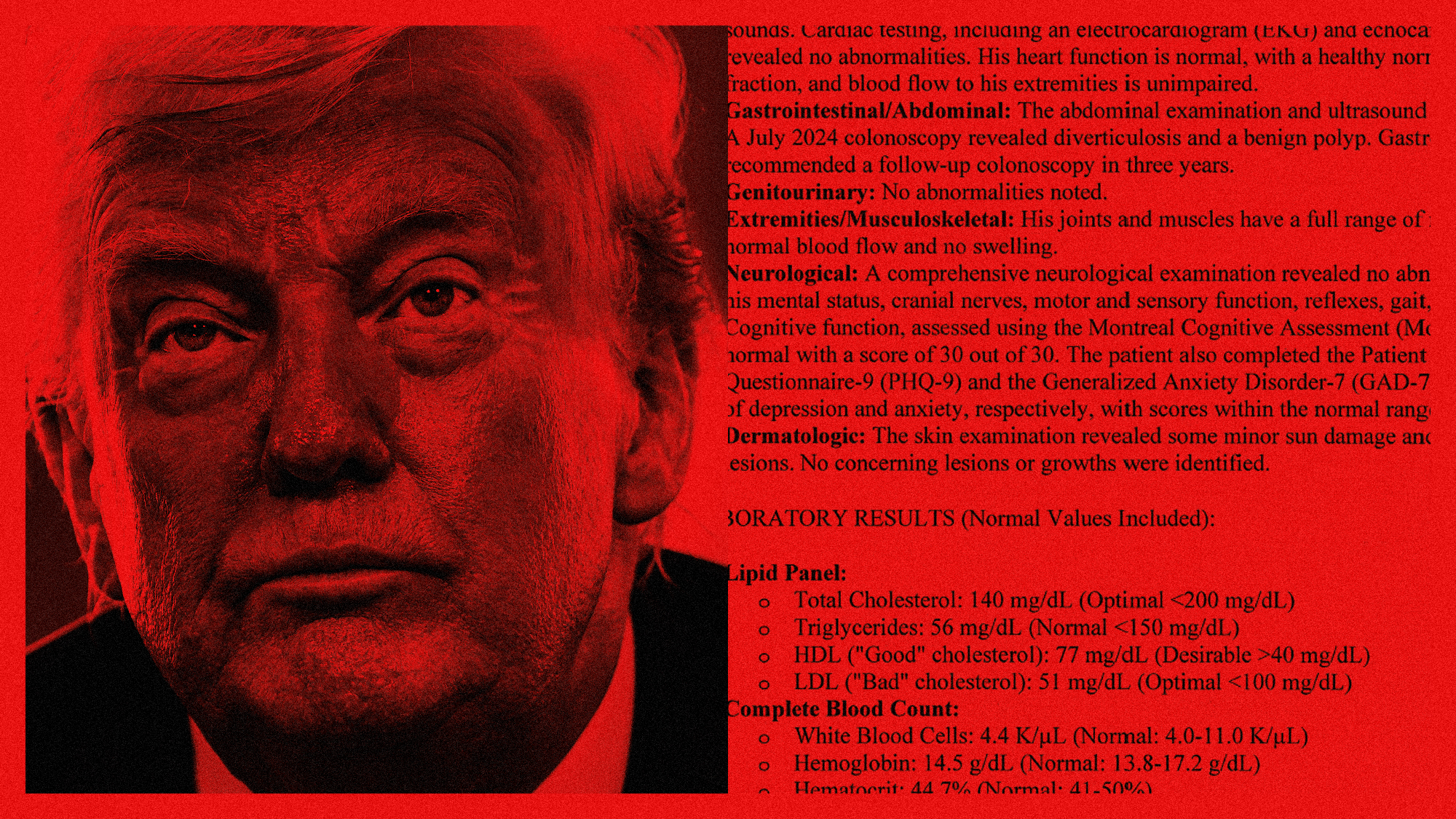 Why are Trump's health rumors about more than just presidential fitness?
Why are Trump's health rumors about more than just presidential fitness?TODAY'S BIG QUESTION Extended absences and unexplained bruises have raised concerns about both his well-being and his administration's transparency
-
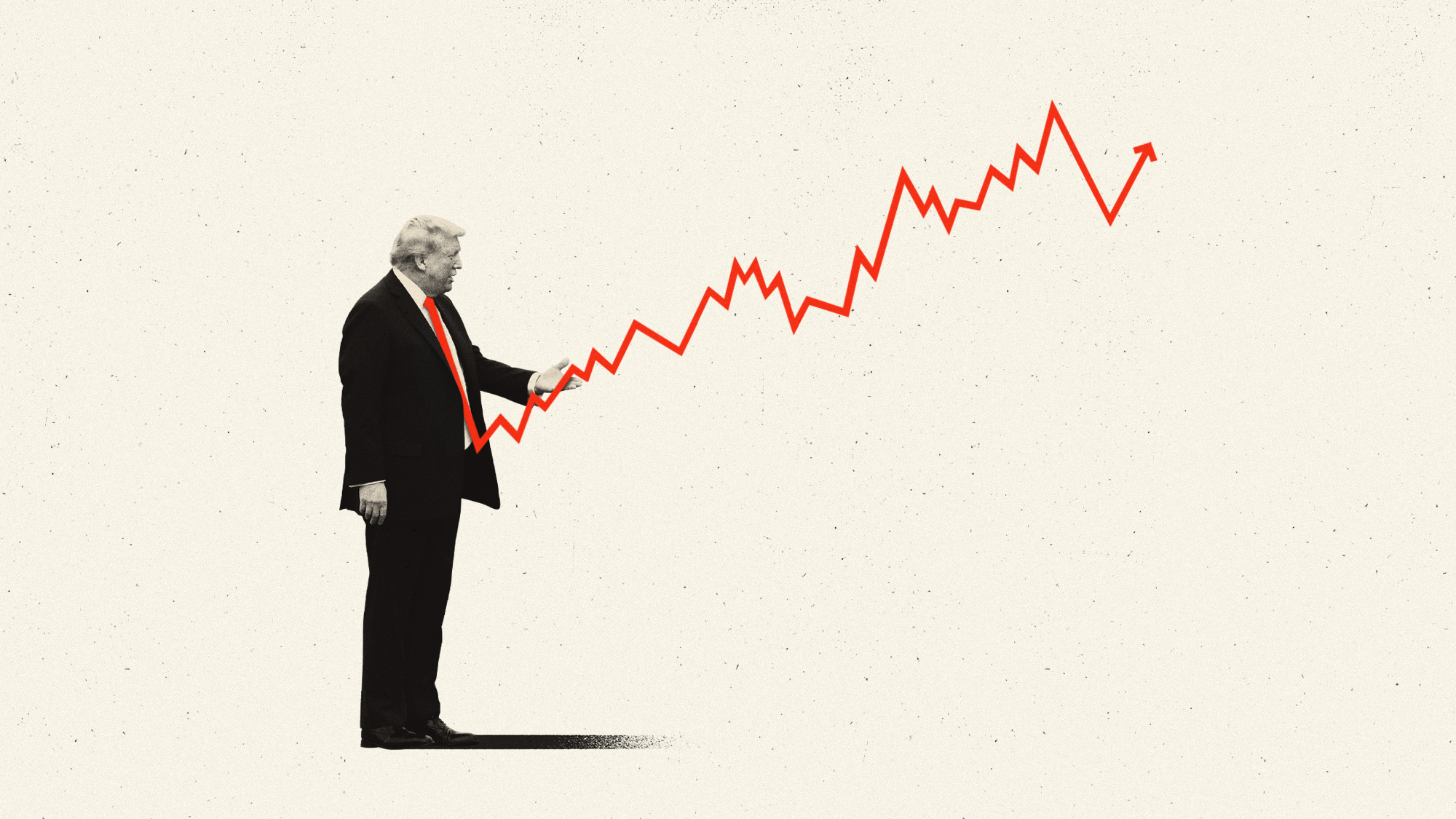 Inflation derailed Biden. Is Trump next?
Inflation derailed Biden. Is Trump next?Today's Big Question 'Financial anxiety' rises among voters
-
 Ghislaine Maxwell: angling for a Trump pardon
Ghislaine Maxwell: angling for a Trump pardonTalking Point Convicted sex trafficker's testimony could shed new light on president's links to Jeffrey Epstein
